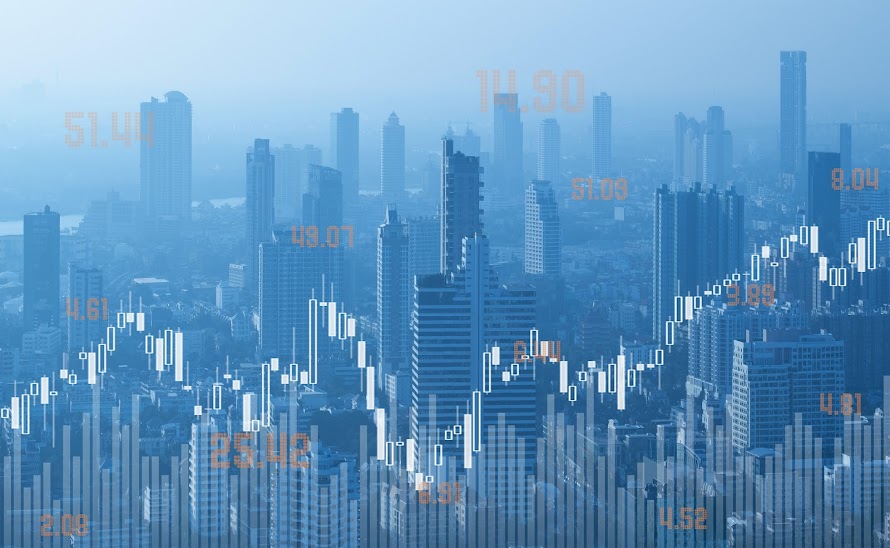Commodity Futures Trading Sees Increased Volatility, Creating Opportunities for Traders
Introduction
Commodity futures trading has always been an exciting and potentially lucrative endeavor for traders. However, recent times have witnessed a surge in volatility within the commodity markets, offering a wealth of opportunities for those willing to navigate the fluctuations. In this blog post, we will explore the current landscape of commodity futures trading, the factors driving increased volatility, and how traders can capitalize on these market conditions.
Understanding Commodity Futures Trading
Commodity futures trading involves buying or selling contracts for the future delivery of specific commodities, such as oil, gold, natural gas, or agricultural products. These contracts provide traders with the opportunity to profit from the price movements of commodities without owning the physical assets. Traders can take both long (buy) and short (sell) positions based on their market expectations.
Increased Volatility in Commodity Markets
Volatility in commodity markets refers to the rapid and substantial price fluctuations experienced by various commodities. In recent times, several factors have contributed to heightened volatility, making commodity futures trading an attractive option for traders:
Global Economic Uncertainty: Geopolitical tensions, trade disputes, and economic instability can significantly impact commodity markets. Uncertain economic conditions, such as inflation concerns or changes in government policies, can drive price swings in commodities.
Supply and Demand Factors: Commodity prices are influenced by supply and demand dynamics. Unexpected disruptions in production, such as natural disasters or political unrest, can lead to supply shortages, while shifts in consumer preferences or economic growth can affect demand levels.
Financial Market Interactions: The interconnectedness of financial markets can amplify volatility in commodity futures. Factors like currency fluctuations, interest rate changes, or movements in stock markets can spill over into commodity markets, creating additional volatility.
Capitalizing on Opportunities
The increased volatility in commodity futures markets presents traders with various opportunities to profit. Here are a few strategies that traders can consider:
Trend Following: This strategy involves identifying and capitalizing on market trends. Traders analyze historical price data, technical indicators, and chart patterns to determine the direction of the market. By going long in an uptrend or short in a downtrend, traders aim to ride the momentum and capture profits.
Breakout Trading: Breakout traders look for price levels where commodities break out of a range or establish new highs or lows. This strategy relies on the assumption that significant price movements are likely to follow such breakouts. Traders can set entry and exit points based on these breakouts, aiming to capture the momentum as prices surge.
Spread Trading: Spread trading involves taking positions in two related commodities to profit from the price difference between them. For example, a trader may buy crude oil futures while simultaneously selling gasoline futures, capitalizing on the relationship between the two commodities. Spread trading can provide a hedge against market volatility and potentially yield consistent returns.
Risk Management: Volatile markets carry inherent risks, and managing risk is crucial for traders. Implementing proper risk management techniques, such as setting stop-loss orders, diversifying portfolios, and limiting exposure to individual commodities, can help mitigate potential losses and protect capital.
Conclusion
The recent surge in volatility within commodity futures markets has created a fertile ground for traders to explore and capitalize on opportunities. By understanding the factors driving volatility and employing effective trading strategies, individuals can navigate the market fluctuations and potentially achieve profitable outcomes. However, it is essential to remember that commodity futures trading involves risks, and traders should exercise caution, conduct thorough research, and implement appropriate risk management measures. With the right approach, traders can take advantage of the increased volatility and potentially unlock success in the world of commodity futures trading.

Comments
Post a Comment